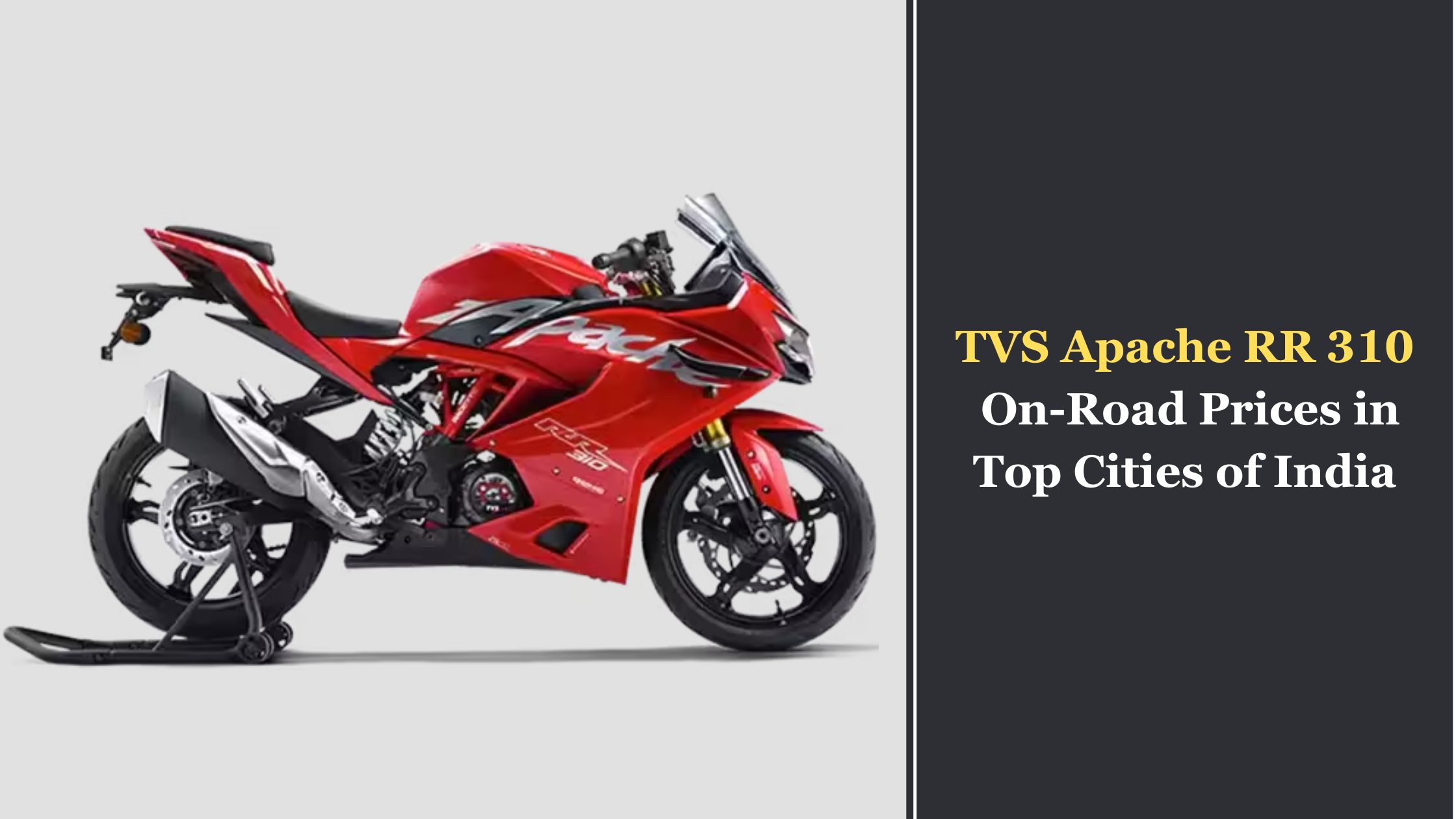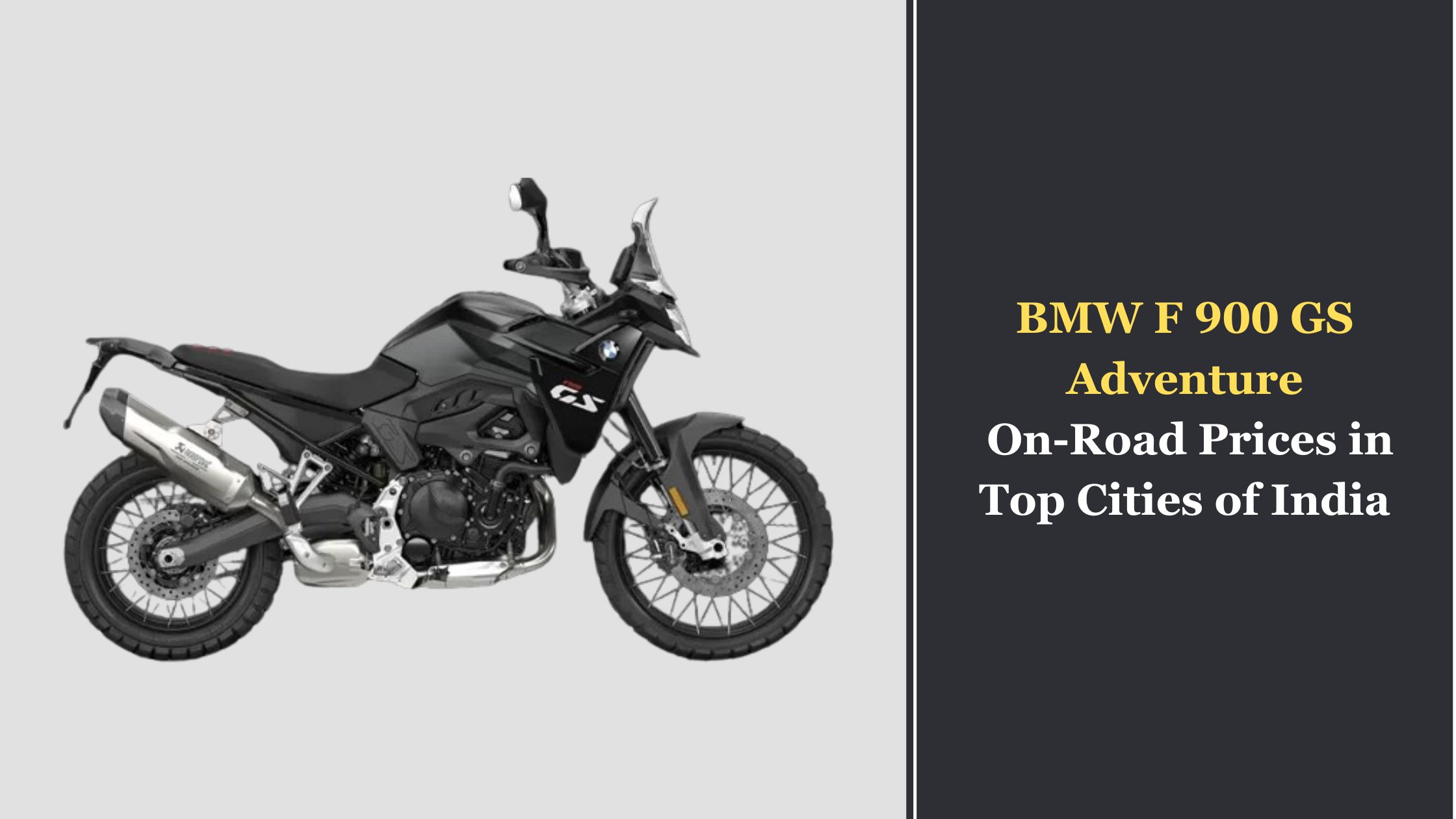
Motorcycle Stability Control (MSC) is a system developed by the German company Bosch specifically for two-wheelers. This safety feature aids the rider in improving bike control during crucial maneuvers under all road circumstances.
Typically, you’ll notice that riders struggle to maintain control of their bikes when riding at a fast speed, particularly when making corners. There’s a reasonable probability that the motorcycle will lose control if it’s accelerated or the brakes are engaged in such circumstances. Motorcycle accidents could also result from it. Ice-covered or damp roadways further worsen the riding conditions. Engineers created MSC to increase safety in these kinds of cases.
How Does Stability Control Work On A Motorcycle?
The MSC keeps an eye on a number of the bike’s operational factors continuously. Wheel speed, bank angle, pitch angle, acceleration, brake pressure, and numerous other factors are among them. As a result, it can identify critical operational conditions quickly and take appropriate action as necessary. This system’s primary job is to equally disperse the braking force over the two wheels, which aids in the rider’s control of the bike.
Additionally, this technology can prevent side sliding and wheel locking on curving roadways. Under most circumstances, MSC operates in the background. Therefore, it doesn’t take away the enjoyment of dynamic riding.
MSC is currently offered on luxury motorcycle brands, including Ducati, BMW, and KTM. On the other hand, some manufacturers provide Motorcycle Stability Control as an add-on for individuals who want to purchase it when they introduce their new motorcycles.
Value-Added Functions
A range of riding support capabilities with advanced braking and powertrain control technology make up the value-added functions of MSC. Next-generation safety and comfort technology is made possible by integrating many components (such as radar sensors) and a widening function portfolio.



